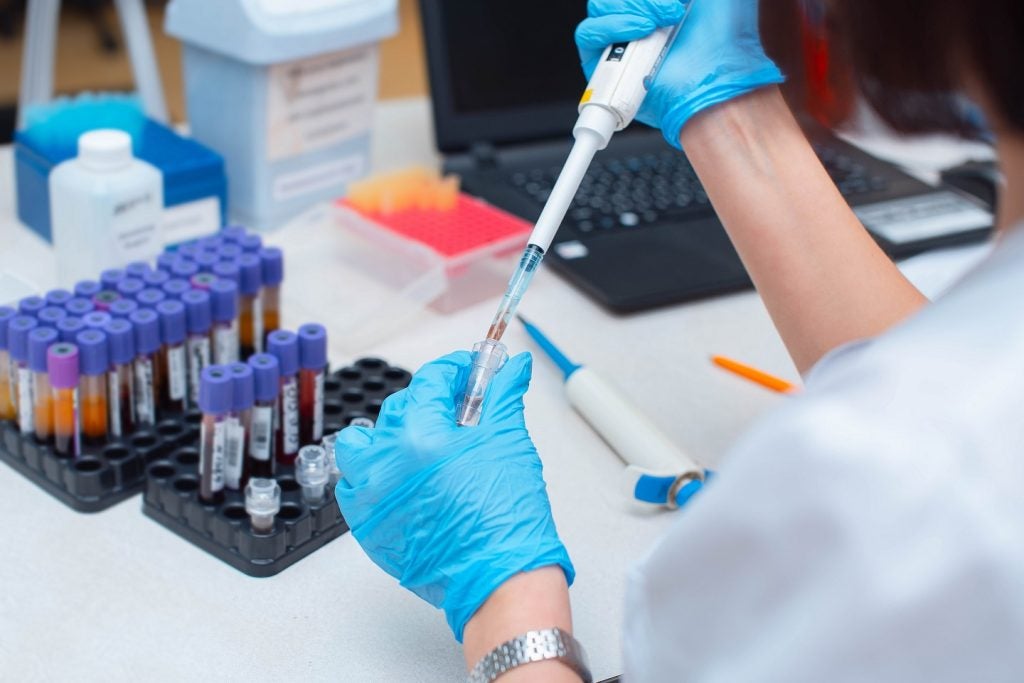Earlier this month, Eli Lilly’s highly anticipated tirzepatide, a once-weekly dual glucose-dependent insulinotropic polypeptide (GIP) and glucagon-like peptide 1 receptor agonist (GLP-1RA), demonstrated that it was able to not only reduce HbA1c levels in type 2 diabetes (T2D) patients, but also confer weight loss when compared to insulin glargine in the SURPASS-4 trial.
Tirzepatide’s novel dual mechanism of action establishes the treatment as a first-in-class GLP-1/GIP and a strong contender against competitors in the T2D market. GlobalData believes that tirzepatide has the potential to achieve blockbuster status if it is approved, by helping to address the growing epidemic in T2D, inducing significant weight loss, and continuing to outperform incumbent giants in head-to-head clinical trials.
SURPASS-4 is a randomised (2,002 study participants), parallel, open-label Phase III clinical trial investigating treatment with tirzepatide (5mg, 10mg and 15mg) compared to insulin glargine in T2D adult patients who are at increased risk of cardiovascular disease and are inadequately controlled with oral T2D medications. Tirzepatide successfully achieved its primary endpoint by conferring a statistically significant reduction in haemoglobin HbA1c, as well as a further secondary endpoint of reduced body weight, compared to insulin glargine.
At 52 weeks, the highest dose of tirzepatide (15mg) resulted in an A1C reduction of 2.58% and an impressive body weight reduction of 11.7 kg compared to patients treated with insulin glargine (1.44% and +1.9kg). The most common side effects for patients treated with tirzepatide were gastrointestinal in nature.
Key opinion leaders (KOLs) interviewed by GlobalData were highly impressed after learning about the significant HbA1c and weight reduction following treatment with tirzepatide. But despite the impressive results, they voiced caution in treating certain T2D patients, such as patients with advanced diabetic retinopathy, as this population could actually experience more deterioration in association with too rapid a decline in HbA1c. But overall, KOLs expressed amazement with the multiple clinical trial data sets, including head-to-head trial data, that continue to be released by Eli Lilly, and look forward to additional worldwide clinical trial data being released.
Eli Lilly also revealed that tirzepatide had shown superiority over Novo Nordisk’s Ozempic (semaglutide) and Tresiba (insulin degludec) in previous trials. Tirzepatide demonstrated reductions in both HbA1c and weight in T2D patients when compared to the GLP-1RA and second-generation basal insulin. The drug is also being studied for the treatment of non-alcoholic steatohepatitis (SYNERGY-NASH) and heart failure with preserved ejection fraction and obesity (SUMMIT).
How well do you really know your competitors?
Access the most comprehensive Company Profiles on the market, powered by GlobalData. Save hours of research. Gain competitive edge.

Thank you!
Your download email will arrive shortly
Not ready to buy yet? Download a free sample
We are confident about the unique quality of our Company Profiles. However, we want you to make the most beneficial decision for your business, so we offer a free sample that you can download by submitting the below form
By GlobalDataGlobalData overall believes that tirzepatide, if approved, will provide physicians and patients with a therapy that could help patients achieve HbA1c levels within the normal range for non-diabetic individuals (below 5.7%), while also giving Eli Lilly an edge over primary competitors like Novo Nordisk.









Related Company Profiles
Eli Lilly and Co
Novo Nordisk AS